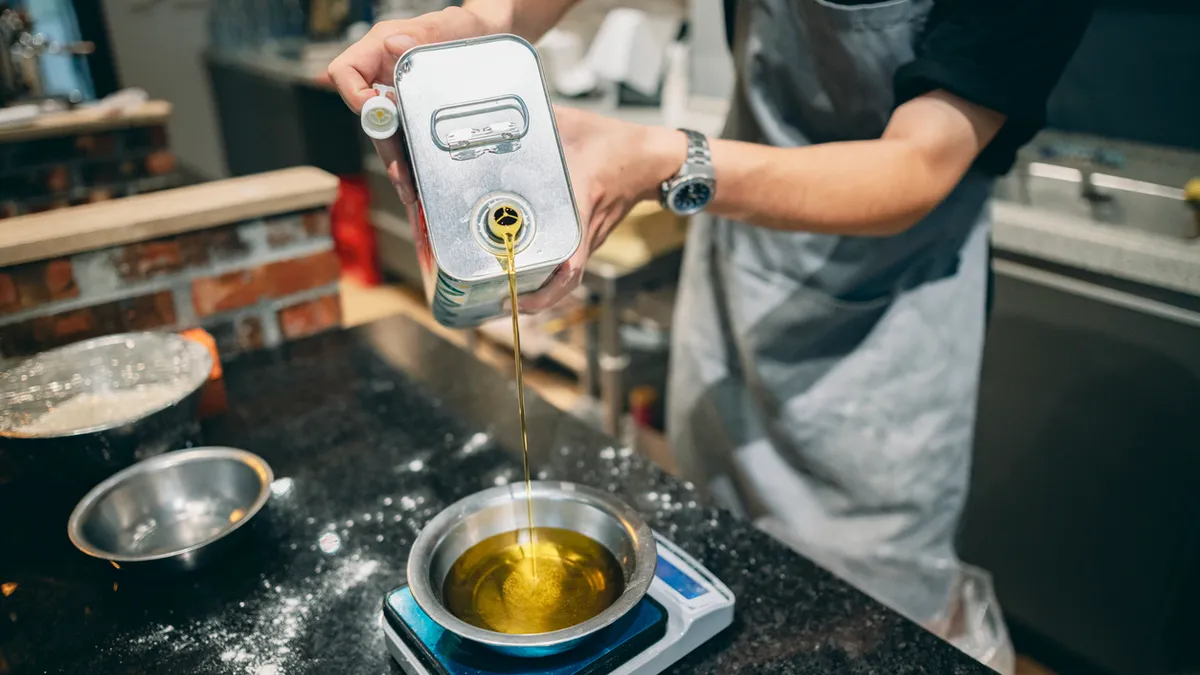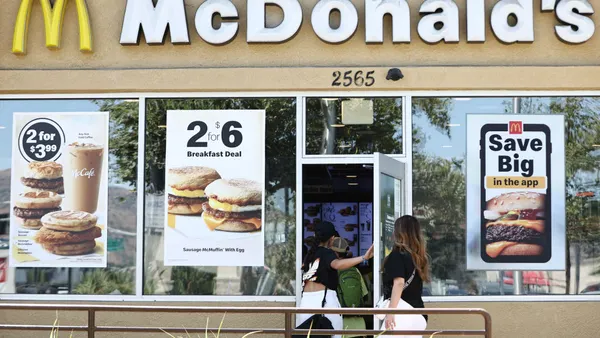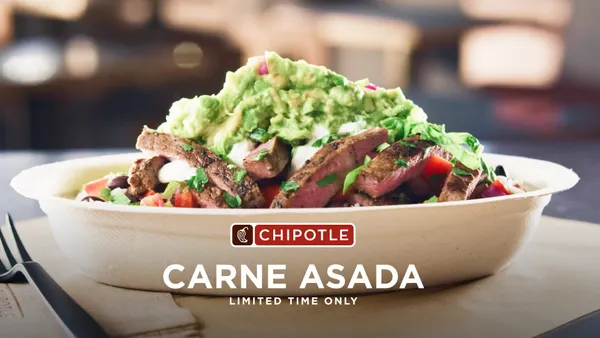Olive oil is a staple in most restaurant kitchens, beloved for its flavor and versatility. But right now, the olive oil market is in chaos. Spain’s olive harvest has been impacted by a historic drought, and Turkey has put a ban on bulk olive oil experts. Together, that means that olive oil prices are also hitting all-time highs. Margins are razor-thin and shrinking, so how does the smart restaurateur handle the olive oil crisis? Let’s explore some potential solutions to help tackle this issue.
Make The Grade
Most people are familiar with extra virgin olive oil, the superfood that adds a peppery kick to salad dressings and more. Extra virgin olive oil is made typically from newly ripened olives, and it is the highest grade – and most expensive – variety of olive oil. But beyond extra virgin olive oil, there is also virgin olive oil, classic or traditional olive oil, and olive pomace oil. Extra virgin, and virgin are grades of olive oil that are determined by organoleptic testing, and classic olive oil has been refined, while olive pomace oil is chemically extracted from spent olive pulp. In recipes where that signature extra virgin flavor is less important, consider swapping out for virgin or classic olive oil. Classic olive oil is particularly useful in recipes that take some heat, because classic is more heat-stable than virgin or extra virgin.
Bend With Blends
Olive oil blends are an evergreen solution to the volatility of olive oil prices. One of the challenges of using extra virgin olive oil is that it is volatile and prone to scorching at high temperatures. By blending extra virgin with a high-stability commodity oil such as soybean or canola, you create an oil with increased heat stability while still retaining some of the flavor characteristics of extra virgin olive oil. It also has the added bonus of significantly lower prices, by supplementing pricey olive oil with less expensive commodity oils. Or, in use cases where commodity blends aren’t suitable, extra virgin olive oil can be combined with virgin olive oil, classic olive oil, or olive pomace oil to cut costs without changing the ingredient profile.
Explore Alternatives
While extra virgin olive oil is praised for its perceived health benefits and unique flavor, it’s not the only superstar oil out there. Avocado oil, for example, is similarly extracted from the pulp of the fruit, and has a nutritional profile that is very close to that of olive oil. However, unlike the peppery bite of extra virgin olive oil, avocado oil has a mild, buttery taste. Avocado oil also has a high smoke point – between 480° F and 520°
F and 520° F – making it a great option for sauteing, baking, and other high-heat uses. And it’s been growing in popularity among health-conscious home cooks. Other alternatives abound, and a good oil provider can help you find the right ones to suit your restaurant’s needs.
F – making it a great option for sauteing, baking, and other high-heat uses. And it’s been growing in popularity among health-conscious home cooks. Other alternatives abound, and a good oil provider can help you find the right ones to suit your restaurant’s needs.
Ultimately, there’s no one-size-fits all answer to the ongoing olive oil dilemma. Until the drought ends in Spain, demand will continue to surpass production, governments like Turkey will keep limiting exports, and prices will persistently creep up. Strategizing now will only help your operation in the long run.










